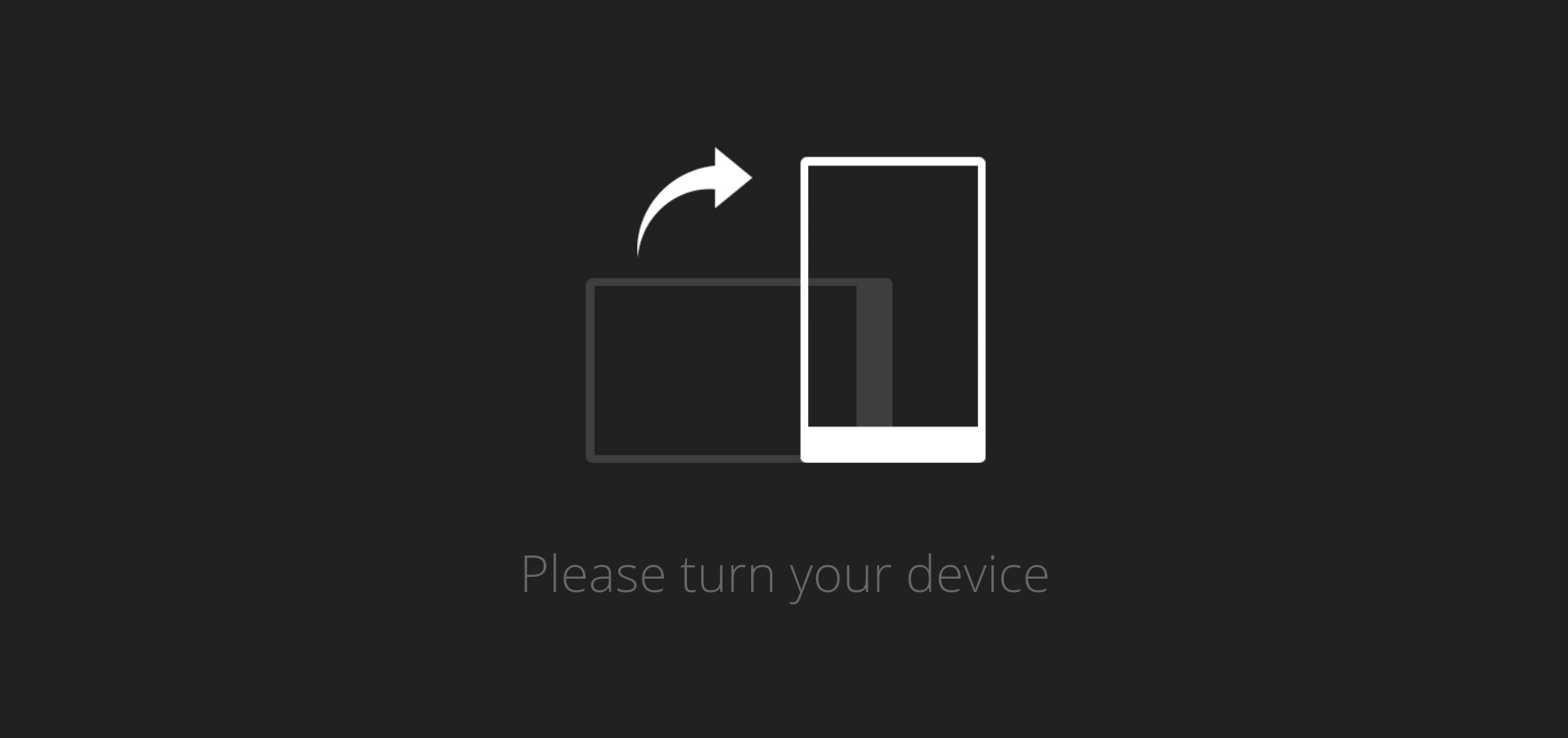
2016 Election: Mental Health And Your Vote
As the upcoming election campaign draws to a close, a greater focus has finally been placed on Mental Health.
After hardly even copping a mention by the two major parties in the early days of the election campaign, rallying from key mental health experts in Australia has meant that mental health is at long last getting the attention it deserves.
If mental health policy is important to you but you’re not too sure which box you’ll be ticking on Saturday, here’s a quick a look at some of the key mental health issues and where each major party stands.
Headspace and Early Psychosis Programs
Last week, we reported on the uncertain future of Headspace and other national mental health programs under the Government’s new mental health funding reforms. Since then each party has made firm commitments to keep these programs afloat.
Australian Labor Party
After the Government was brought under fire for changes to funding of key mental health programs such as Headspace and its early psychosis program (hYEPP), the Leader of the Opposition, Bill Shorten, was the first to announce that Labor would guarantee the funding of all 95 existing Headspace centres and hYEPP.
The Liberal Party
The Coalition, who had initially planned to turn the fate of Headspace and hYEPP over to the new Primary Health Networks (PHNs), have now guaranteed their commitment to the future funding of these programs for at least the next three years.
Going one step further, Turnbull also agreed to fund 10 new Headspace centres, bringing the total up to 110; which is 5 more sites than originally planned when Headspace was first established.
The new plan not only draws in more funding for the centres but also increases accountability. Under the new agreement if a PHN has concerns that one of their Headspace centres isn’t cutting the mustard, they’ve first got to give Headspace an opportunity to fix the problem. If then there are still issues the PHN can apply to have funding altered, but first has to prove that all the effected clients will be covered through other services so no one’s left out on their own.
.@TurnbullMalcolm pledges frontline mental health funding, praises Government's border protection policy #auspol https://t.co/KFQG4XILUv
— ABC News (@abcnews) June 26, 2016
The Greens
The Greens have backed mental health consistently throughout their campaign and pledged a massive increase in funding to the tune of $1.4 billion.
They’ve pledged to maintain the funding for Headspace and Early Psychosis Programs as well as give an additional $400 million to the Primary Health Networks’ (PHNs) for mental health alone. It’s a fair whack of cash but will need to be spent wisely.
Meanwhile, the Greens have pledged $1.4b over four years in mental health funding: #ausvotes pic.twitter.com/6M9ytnZ6qX
— Sean Parnell (@seanparnell) May 23, 2016
Suicide Prevention
According to current figured approximately 2500 Australian’s take their own lives each year. That’s roughly 7 Australians per day but is estimated to be more, as suicide rates are widely under reported and difficult to measure.
Each of the major parties have made pledges to lowering suicide rates, but in very different ways.
Australian Labor Party
The Labor Party has committed to reducing the suicide rate by 50% over the next 10 years. They plan to commit $72 million in establishing 12 sites in metro, regional and remote areas to begin trials of suicide prevention strategies.
ANNOUNCEMENT: Labor’s National Approach to Suicide Prevention: https://t.co/TGG08vxJJT #Ausvotes pic.twitter.com/ODq8afbhyV
— Australian Labor (@AustralianLabor) June 20, 2016
The kicker with a plan to reduce suicide by 50% is that because of the complex nature of identifying and reporting suicide, the current national figures aren’t necessarily accurate. To combat this Labor plans to commission the first national suicide data set and national suicide registry, which will aim to make suicide reporting more accurate.
They’ve also pledged $9 million for projects to reduce mental health stigma but they’ve been a bit vague on the details, and are yet to chose the 12 pilot suicide prevention sites, so things could be slow to start.
The Liberal Party
The Liberal Party have also made a commitment to suicide prevention but unlike Labor they haven’t committed to a set figure. The Minister for Health, Sussan Ley, told Triple J on Tuesday, “I’d like to say we’re going towards zero, targets can be artificial, what really matters is the commitment we’re making.”
Their plan includes putting $12 million towards suicide prevention research and setting up 12 suicide preventions sites across Australia; 4 metro and 12 regional.
The big plus on the Liberal’s side, which is yet to be matched by any other party, is their $10 million commitment to e-mental health, which aims to provide 24-hour access to services and support through smart phones, tablets and computers as well as improving access to clinincs and appointments.
The Coalition’s plan to strengthen mental health care across Australia: https://t.co/xfpjQ8NpIQ #auspol #ausvotes
— Liberal Party (@LiberalAus) June 27, 2016
The Greens
The Greens have committed $10 million a year to anti-stigma campaigns, which aim to target at-risk groups such as Aboriginal and Torres Strait Islander and LGBTI communities. They’ve also guaranteed $38.3 million to a national suicide education campaign.
The Green’s suicide prevention policies are largely focussed on awareness and de-stigmatisation and while theoretically very important, need to be equally joined by effective clinical action and intervention to continue to tackle the issue.
For more information on each parties policies please visit their campaign websites.
If you or someone you know needs any help with stress, anger, difficulty sleeping, drinking too much or sadness visit the beyondblue website or call 1300 22 46 36.
